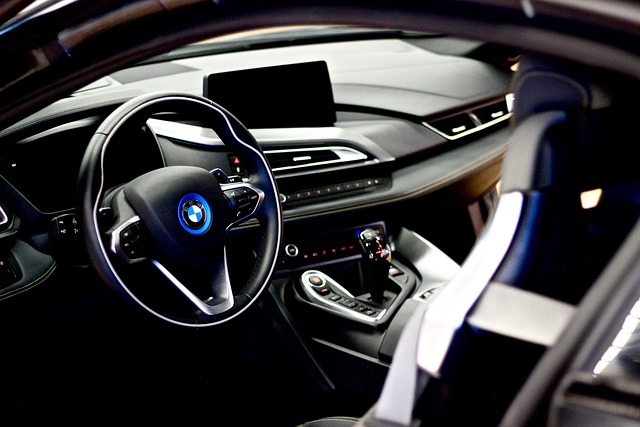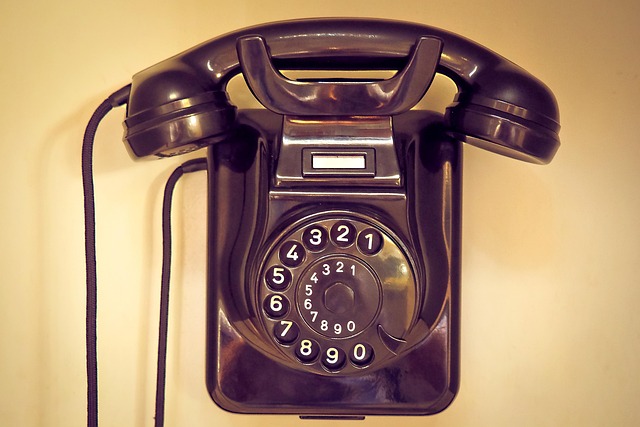Before upgrading, thoroughly understand your current in-car infotainment system and consider integrating other devices like cameras. Research and select a new In-Car Infotainment System tailored to your needs, evaluating features like wireless charging, navigation, and audio quality. Prepare by gathering tools, parking safely, and familiarizing yourself with the new system's features. Install your modern infotainment system, testing all components thoroughly after calibration. Avoid pitfalls by selecting an aftermarket stereo compatible with your vehicle, prioritizing safety during installation for a secure fit and warranty maintenance.
Looking to upgrade your car’s audio experience? Replacing your car stereo can enhance your drives, but it requires careful planning. This comprehensive guide will walk you through the process step by step, from understanding your current system and selecting the right In-Car Infotainment for your needs to final installation tips. Learn how to choose the perfect In-Car Infotainment system tailored to your preferences, prepare your vehicle, and successfully install it like a pro.
- Understanding Your Current Car Stereo and Its Components
- Researching and Selecting the Right In-Car Infotainment System for Your Needs
- Preparing Your Vehicle for Installation: Essential Tools and Safety Measures
- Step-by-Step Guide to Installing a New Car Stereo
- Testing and Calibrating Your Newly Installed Infotainment System
- Final Tips and Common Pitfalls to Avoid During the Replacement Process
Understanding Your Current Car Stereo and Its Components

Before you dive into replacing your car stereo, it’s crucial to understand the components and functions of your current setup. Your car stereo is more than just a music player; it’s part of your vehicle’s in-car infotainment system. This includes features like radio reception, CD or DVD playback, and often, advanced connectivity options like Bluetooth for hands-free calling and audio streaming. Some modern car stereos even offer voice recognition infotainment, allowing you to control various functions with simple voice commands.
Additionally, consider the integration of other in-car devices such as a camera. Many contemporary car infotainment systems include camera inputs for rearview monitoring or parking assistance, enhancing safety and convenience. When selecting your new car stereo, ensure compatibility with these existing components and features. This will guarantee a smooth transition and maximize your driving experience.
Researching and Selecting the Right In-Car Infotainment System for Your Needs

Before diving into replacing your car stereo, it’s crucial to research and select an In-Car Infotainment System that aligns with your specific needs. Start by evaluating what features are most important to you – think about things like wireless charging pads for your phone, navigation capabilities, and audio quality. An in-car entertainment system designed with family-friendly features could be a game-changer if you often transport kids or have particular requirements for their comfort and engagement.
Consider the size of your car dashboard and the compatibility of the new system with your vehicle’s make and model. Read reviews from other users to get a sense of the system’s reliability, ease of installation, and long-term performance. Ensure you choose a select In-Car Infotainment solution that offers not just entertainment but also enhanced safety features like Bluetooth connectivity for hands-free calling and voice commands, which can significantly improve your driving experience.
Preparing Your Vehicle for Installation: Essential Tools and Safety Measures

Before you begin replacing your car stereo, it’s crucial to prepare your vehicle for installation. This involves gathering the right tools – a set of basic screwdrivers (flathead and Phillips), a panel removal tool, and possibly a new set of faceplate screws – and ensuring a safe working environment. Park your car on a level surface, engage the parking brake, and disconnect the battery to prevent any accidental shocks or short circuits during the process.
Additionally, take a moment to consider the new in-car infotainment system you’re installing. Modern systems offer features like real-time traffic updates, driver safety monitoring, and seamless integration with streaming music apps for cars. Ensure these capabilities align with your driving needs and preferences, as this will enhance your overall experience behind the wheel.
Step-by-Step Guide to Installing a New Car Stereo

Replace your old car stereo with a new, modern infotainment system and unlock a world of smart car connectivity solutions. Here’s a step-by-step guide to ensure a smooth transition:
1. Select Your In-Car Infotainment: Research affordable car audio systems that suit your budget and needs. Look for features like Bluetooth connectivity, voice command for climate control, and easy smartphone integration.
2. Prepare Your Vehicle: Park your car securely and turn off the engine. Gather all necessary tools, including a screwdriver, wire stripper, and any adapters provided with your new stereo. Identify the correct wires to disconnect, usually power, antenna, and audio signals.
Testing and Calibrating Your Newly Installed Infotainment System

After successfully installing your new in-car infotainment system, it’s crucial to test and calibrate it thoroughly for optimal performance. Start by ensuring that all components are properly connected and powered on. Check the display for any error messages or glitches before proceeding. Initiate the pairing process with your smartphone to verify wireless connectivity. Once paired, test various functions such as streaming audio, making calls using voice commands, and utilizing safe in-vehicle navigation apps. Verify that real-time traffic updates are available and accurate. Adjust the system’s settings, including volume levels, EQ preferences, and display configurations, for a personalized experience.
Focus on calibrating the speakers to ensure even sound distribution across the vehicle. Some systems offer voice-activated car audio capabilities, so familiarize yourself with these features during the testing phase. Pay close attention to the responsiveness of the infotainment system, especially when switching between applications or navigating through menus. Regular calibration and adjustments will guarantee that your newly installed in-car infotainment remains reliable and provides a seamless user experience for years to come.
Final Tips and Common Pitfalls to Avoid During the Replacement Process

As you approach the final stages of replacing your car stereo, there are several common pitfalls to steer clear of. One of the most important tips is to double-check compatibility with your vehicle. Not all aftermarket stereos will fit seamlessly, so ensure you select one designed for your make and model, taking into account features like wireless smartphone integration and voice recognition infotainment. This meticulousness prevents costly returns or modifications.
Another crucial tip is to prioritize safety during the installation process. Always refer to your vehicle’s manual for specific instructions and be cautious when handling electrical components. Avoid connecting power too early, as this can lead to short circuits. Remember that a secure fit is paramount; loose connections can cause intermittent issues or even void warranties. Opting for a proper selection and careful installation will enhance your experience with your new in-car infotainment system.
Replacing your car stereo can enhance your driving experience by providing a modern, efficient infotainment system. By understanding your current setup, researching suitable options, and following a structured installation process, you can successfully upgrade your in-car entertainment. Remember to prioritize safety, use the right tools, and test thoroughly for optimal results. With careful planning and these expert tips, you’ll have a new car stereo up and running in no time, allowing you to enjoy a seamless blend of music, navigation, and connectivity on every drive.
